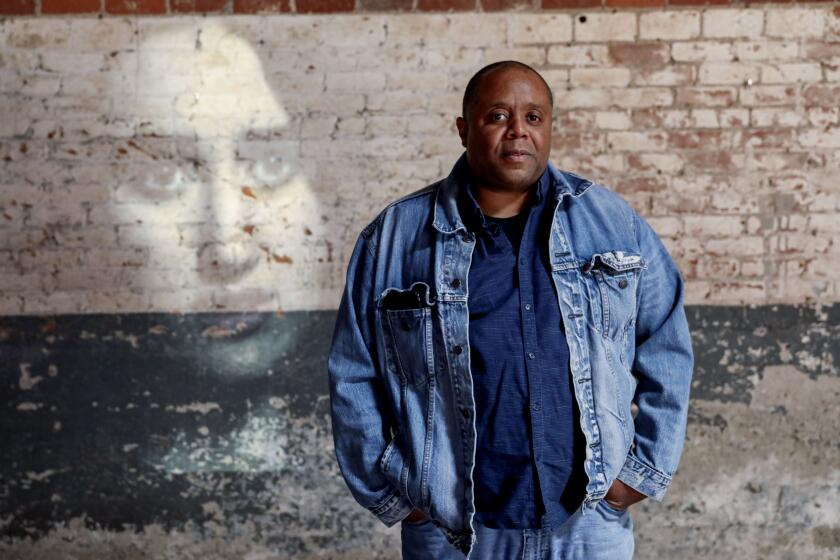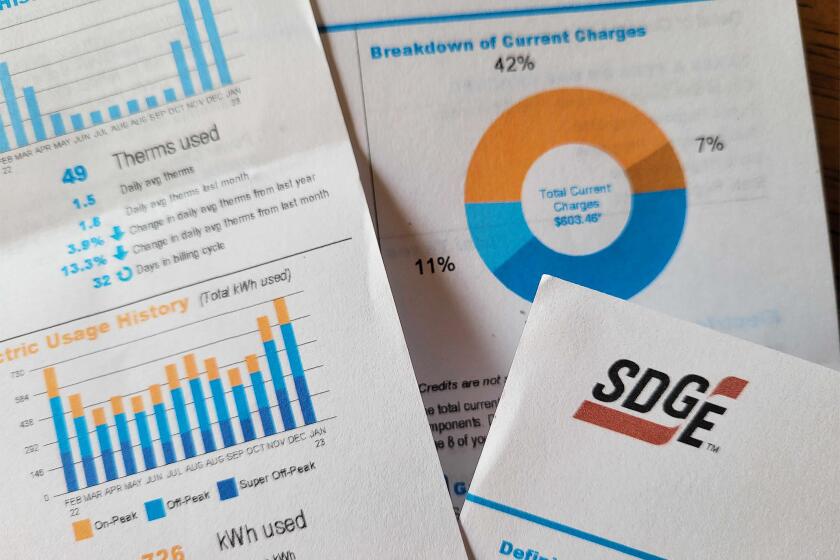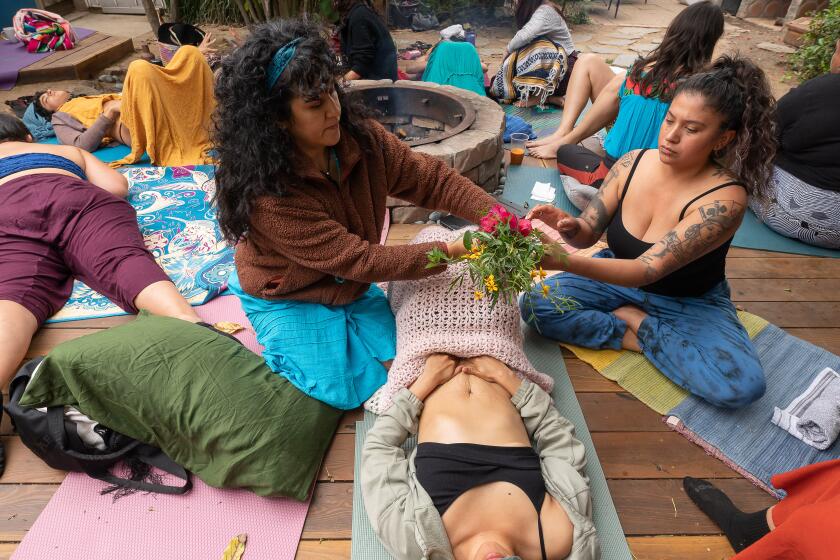Opinion: When will we build a suicide barrier on the San Diego-Coronado Bay Bridge? It’s past time.

A suicide barrier for our region’s iconic bridge should be a regional policy priority.
Sandke is a Coronado City Council member who serves as the South Bay representative on the SANDAG Transportation Committee.
“CORONADO POLICE DEPARTMENT — TRAFFIC ALERT: Eastbound and Westbound lanes of the Coronado Bridge will be closed for police activity, unknown duration.”
Locals know this language means someone is contemplating suicide, and we collectively feel sad. With mental health a focus in so many areas of public policy today, it is clearly past the time that a suicide barrier for our region’s iconic bridge become a regional policy priority.
We provide this platform for community commentary free of charge. Thank you to all the Union-Tribune subscribers whose support makes our journalism possible. If you are not a subscriber, please consider becoming one today.
Since 1969, there has been a continuous call for a suicide prevention barrier for the San Diego–Coronado Bay Bridge. As the count of deaths by suicide passes 400 over five decades, the opportunity for success has never been greater, thanks to grassroots efforts, recent state actions and subsequent Caltrans planning. Moreover, research shows that preventing suicides during situational crises can cause others thinking of it to reconsider.
Following a two-year planning effort by Caltrans and local stakeholders funded by the bridge safety legislation of Sen. Ben Hueso, D-San Diego, the environmental clearance to begin the barrier project will be completed by June 30. Caltrans planners and engineers are set to begin the design and construction phases of the long-sought barrier. What has proven most troublesome for state officials is that, sadly, barriers like the one contemplated for our region’s iconic bridge do not fall into any specific funding category. Basically, suicide prevention is not in the Caltrans playbook.
For example, the State Highway Operation and Protection Program is used for safety and operational improvements, but not for suicide barriers. Then-City Manager Blair King and I spoke unsuccessfully in public testimony to the California Transportation Commission several years ago making the case that preventing deaths is certainly a safety issue and that the repeated closures of the bridge for suicides and contemplated suicides create unnecessary traffic operational bottlenecks in our region’s transportation network.
In 2004, the most recent voter-approved Transnet ordinance amendment, $25 million was allocated to a proposed tunnel from the bridge to North Island Naval Air Station. Since this tunnel is no longer in consideration, Coronado officially requested in 2018 that this funding be repurposed to circulation improvements for the busy commuter corridor. No formal reply to our letter was ever received. But subsequent discussions with the San Diego Association of Governments revealed that a specific project request would be necessary before SANDAG leadership could consider an amendment. I forcefully submit that the suicide barrier should be that project — and that voter-approved funds be repurposed and constitute a local match for state and federal funding.
One would think the U.S. Navy would be a likely ally as ensuring access to three of the most important naval installations in the Pacific theater would compel naval officials to take a more active interest. Couple that with the Department of Defense’s focus on suicide within its own ranks, and the Navy’s reservation at advocating for the barrier is, at best, surprising.
One might also assume that San Diego officials would take a keener interest in advocating for the barrier since most of the suicide attempts and suicides occur from the city of San Diego’s jurisdiction, which is roughly the eastern two-thirds of the structure, where the span is its highest. Additionally, the Port of San Diego and Harbor Police officers are responsible for the retrieval of the bodies after suicides and frankly bear a huge emotional brunt in the aftermath of them. As ripples of pain and anguish are experienced so acutely by the family and friends of the departed, these government entities should be more vocal.
The San Diego I know is a compassionate and caring community. With so much of our collective attention turning to mental health awareness now, it is only fitting that a meaningful and concerted effort to build a solid financial foundation be undertaken to move past the environmental study stage to barrier final design, engineering and installation.
On a recent tour of the inside of the bridge, local officials learned that mandated state and federal inspections and routine maintenance will require additional engineering and structural work and new specialized equipment to accommodate the barrier. It is my firm belief that the Caltrans engineers and designers are inspired and committed to creating a workable and effective suicide barrier. It is time a broader coalition of regional leaders both in and out of government come together to ensure a successful suicide barrier is installed as soon as possible.
Lives depend on it.
If you or a loved one need help, you can contact the National Suicide Prevention Lifeline for free, confidential crisis counseling any time of day at suicidepreventionlifeline.org/chat or 1 (800) 273–TALK (8255). You may also visit San Diego County’s “It’s Up 2 Us” site — up2sd.org — or call the local hotline at 1 (888) 724-7240.
Get Weekend Opinion on Sundays and Reader Opinion on Mondays
Editorials, commentary and more delivered Sunday morning, and Reader Reaction on Mondays.
You may occasionally receive promotional content from the San Diego Union-Tribune.






